We showed this video to students at an informational session for the Workshop, also known as the school within a school. That’s how it’s referred to in the video at the time, a record of shifting nomenclature as an idea finds its name alongside its form. Or you could say, our brand is in transition. I rather like the idea of an endeavor with a fluid name, but of course there are real practicalities in settling on a name, an identity…a brand?
I am uncomfortable with branding. Before you even do the research, you get a sinking feeling after a moment’s consideration of the possible etymology of the word. But even if we retired the word itself, I believe I would balk at its replacement, which would still signal the imperative to own, to sell, to advertise.
I will readily admit this line of thought is impractical. And if I seem to be on a moral high horse, I assure you I am down here with all of us, crafting and helping to craft complex “forward-facing” identities for not only the institutions and sub-institutional entities in which I am enmeshed – – Andover, the Workshop, the Tang Institute, the Art Department – – but also myself, as a professional educator and artist and…we haven’t even mentioned social media yet, he writes into his blog post.
So, it remains: I believe in the Workshop; I want students to sign up; I want new faculty members to join in future iterations; I want the program to get funding and support; of course I am happy to be able to help make the pitch, an honest effort at communicating this thing’s identity. See promotional video (with some barely conscious stylistic nods to my video art heroes.)
But wait, I loved making this video. I got to spend a different kind of time with my colleagues in the video, the strange time that the video camera snaps us into. It’s when we are both living half inside the video, which always itself lives in the future of its potential viewers. When the camera is running, there is an imagined audience in the room; in this case our students, and maybe their parents, our colleagues. And in the time around the recorded moment, before and after, we are together in conversation about what we will say and what was said. In editing, I return to this time and this interaction, to reflect and dissect (as a student recently described the editing process) and to reassemble certain moments of thought into a story, a pathway made of speech and the gaze. In doing this, do we communicate as we wish to? We hope to. How do we assess? I’ll leave that question mostly hanging.
Recently, we have made exciting progress on defining the key learning outcomes we want to guide our planning for everything from the community partnerships we seek to the modes of assessment we will develop. We talked about seeking to develop an ethos of “craftspersonship” – – or perhaps we can simply say “craft” – – in our students. We can likely imagine the ways in which the process of making a video together is an opportunity for deep learning in this area; there are technical skills to be learned, sensitivity and intention to be developed. The same could be said for other beautifully made forms of communication: a run of zines, a data visualization, a performance, a public art installation, an op-ed, a song.
But whatever the medium, what do we choose to turn our craft towards? (The shorter term “craft” pleasingly evokes boats.) We also discussed ideas of “being civic” and “civic-mindedness” as we tried to define our key learning outcomes. We mean this not in a narrow sense pertaining only to electoral politics and government, but how we orient ourselves towards others in the world, how we find purpose outside of self-interest. We might be able to ask ourselves, as project ideas arise, “We may be making something beautiful, but is it also ethical?” Or, “What kind of relation with others are we trying to engender through making this beautiful thing?”
Better, we could help our students learn how to ask these kinds of questions of themselves, during their process, and to wrestle with them as I am nearly prepared to cease doing now. This emerges from a third concept we discussed, the goal of teaching and learning “self-reflection” or “metacognition.” If we want our students to be able to think about themselves as part of a greater social fabric and act ethically within it, they need to be able to understand who they themselves are. We want them to develop skills in examining their own processes of thinking and learning.
We want our students to be able to communicate beautifully, with a sense of craft. We also want them to be able to communicate something meaningful, with a complex and generous sense of who it is they are addressing, and for what purpose. We want them to be able to think deeply, honestly and critically about how they are communicating – – how they are making meaning. And we want them to be able to ask good questions and try on different answers to the question, “who am I?”




